Gem in the Spotlight: Topaz
Whether it's blue, clear, rainbow, or something else, Topaz is an amazing gemstone
The old baseball joke, “Who’s on First?” “Yes, Who’s on First…” always comes to mind when I hear people discussing Topaz. You can hear one person say, “I love Topaz; it reminds me of a blue sky.” Then her friend says back, “Topaz may be like a golden sunset, but not the sky.” A third friend will chime in, “You’re both crazy, it’s like a beautiful peach.” Then, a passerby contributes, “You all are nuts, it’s like a rainbow with all the colors at once.” And of course, all of them are right.
History and Lore
Topaz in its pure form is naturally colorless, clear like a diamond. The famous “Braganza Diamond” was thought to be the largest diamond ever found (prior to the Cullinan Diamond) at 1,680 carats and was set in the Portuguese crown jewels as such. It wasn’t until many years later that more modern testing identified it as a clear topaz instead. Even though its true identity is now known, the large imposter still sits in the Portuguese crown jewels today.
The name “Topaz” comes from the old Greek name “Topazios” for an island in Foul Bay, Egypt (now called Zabargad). Of course, topaz isn’t found there, but the island used to be a source for peridot which was confused with topaz before modern gemology.
In ancient times, topaz was believed to protect its wearer. Topaz was also thought to initiate healing, increase or maintain mental health, and even allow the wearer to go unseen by enemies. In the Victorian era, blue topaz signified faithfulness and love.
Gemology
As we mentioned at the start of the article, topaz comes in a huge variety of colors. Some of these varieties have their own names:
- Imperial Topaz: When both orange and red colors are present (although much of the jewelry industry might call golden topaz imperial).
- Golden Topaz: Yellow to orange without any red component (could be called precious topaz if more orange).
- Smokey Topaz: Brownish grey color.
- Blue Topaz: The most common color. A full range of shades is available from light Sky Blue to dark London Blue.
Topaz is also found in less commonly known colors like green, pink, and purple. Imperial Topaz is by far the most valuable variety, while colorless topaz is often the least expensive.
The modern era has given us many new advances in gems. One of the biggest is blue topaz. Gem suppliers use a neutron bombardment method in a nuclear reactor to produce the London Blue Topaz. An electron bombardment in a linear accelerator results in the light Sky Blue Topaz. If both treatments are used, they produce Swiss Blue Topaz. Determining where one color ends and the next color begins is always a difficult call in gemology. The rule of thumb is simply that the light blue is Sky, the middle blue is Swiss, and the dark blue is London. There are many trade names for the different shades of blue, but these three are the most widely accepted.
Mystic Topaz is a very interesting gem. The play of rainbow-like colors is definitely unique and enjoyable to see. A relatively new treatment process called Chemical Vapor Deposition (CVD) has been developed to create this additional color of topaz. This is the same treatment process used to put coatings on lenses for glasses and cameras. It is also one of the processes that is used to create lab grown diamonds. A thin, multi-colored film is bonded on the surface of colorless topaz to create all the colors you see in Mystic Topaz. These enhanced topaz pieces must be handled with special care because the coating can be scratched and the gem ruined very easily.
Mystic topaz comes in virtually any color from sunset orange, to violet, to green. These coatings can allow topaz to be any color of your preference.
Topaz itself is a hard gemstone with a Mohs hardness of 8. Mohs hardness is a standardized metric of how difficult it is to scratch something. For reference, topaz is a bit softer than diamond which is a 10 and corundum (sapphire/ruby) which is a 9 on the scale. It is a bit harder than emerald at 7.5-8 and quartz which comes in at 7. Here are some more gemological stats for reference:
Refractive index: 1.619 to 1.627
Birefringence: 0.008 to 0.010
Specific gravity: 3.53
Mohs Hardness: 8
Care and Cleaning
Even though it’s tough to scratch, you should protect your topaz from hard knocks. It can be split with a single sharp blow, a trait it shares with diamond.
Clean with mild dish soap; use a toothbrush to scrub behind the stone where dust can collect. Never use ultrasonic or steam cleaners on topaz. Sudden changes in temperature can fracture the stone, so care should be taken to avoid rapid cooling or heating.
Topaz is the birthstone for November and blue topaz is one of the birthstones for December. We have a great variety of topaz jewelry in stock at our everyday low prices. They make great gifts for anyone born in November or December, and for anyone that just likes beautiful jewelry, so stop by today.
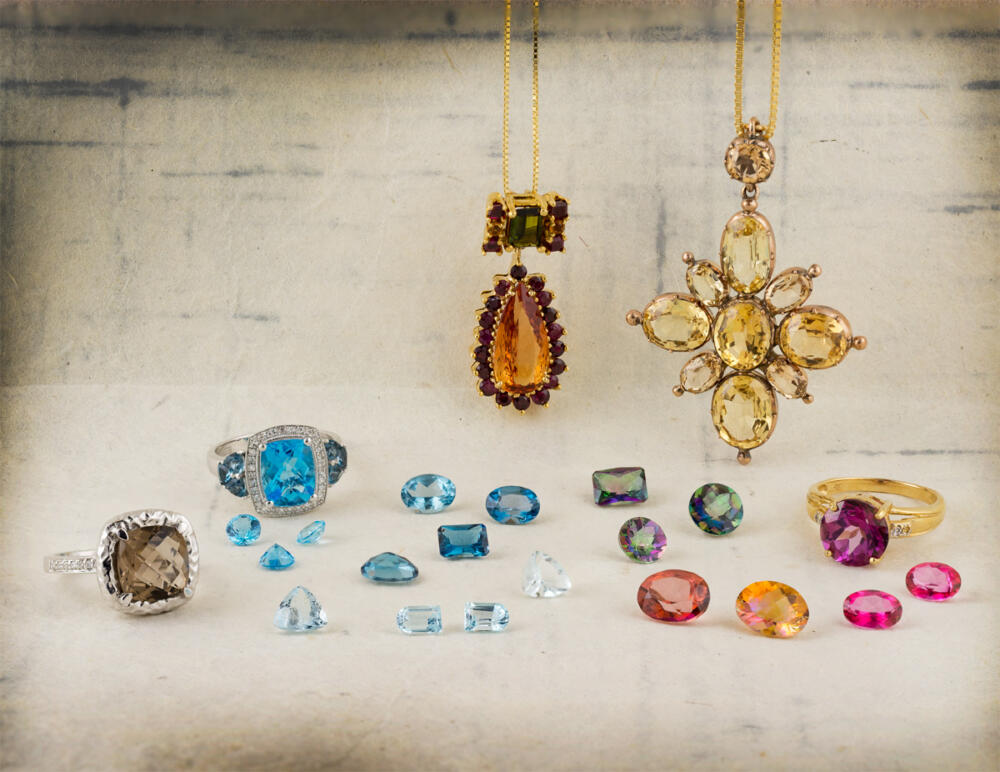
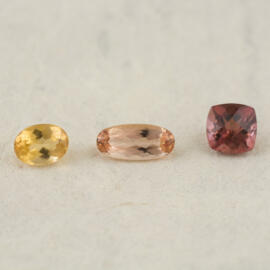
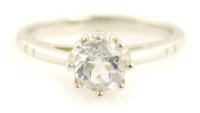
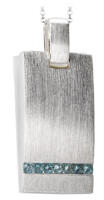
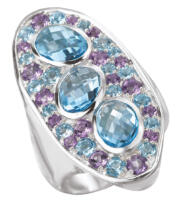
Buying jewels is a learning experience. Thank you